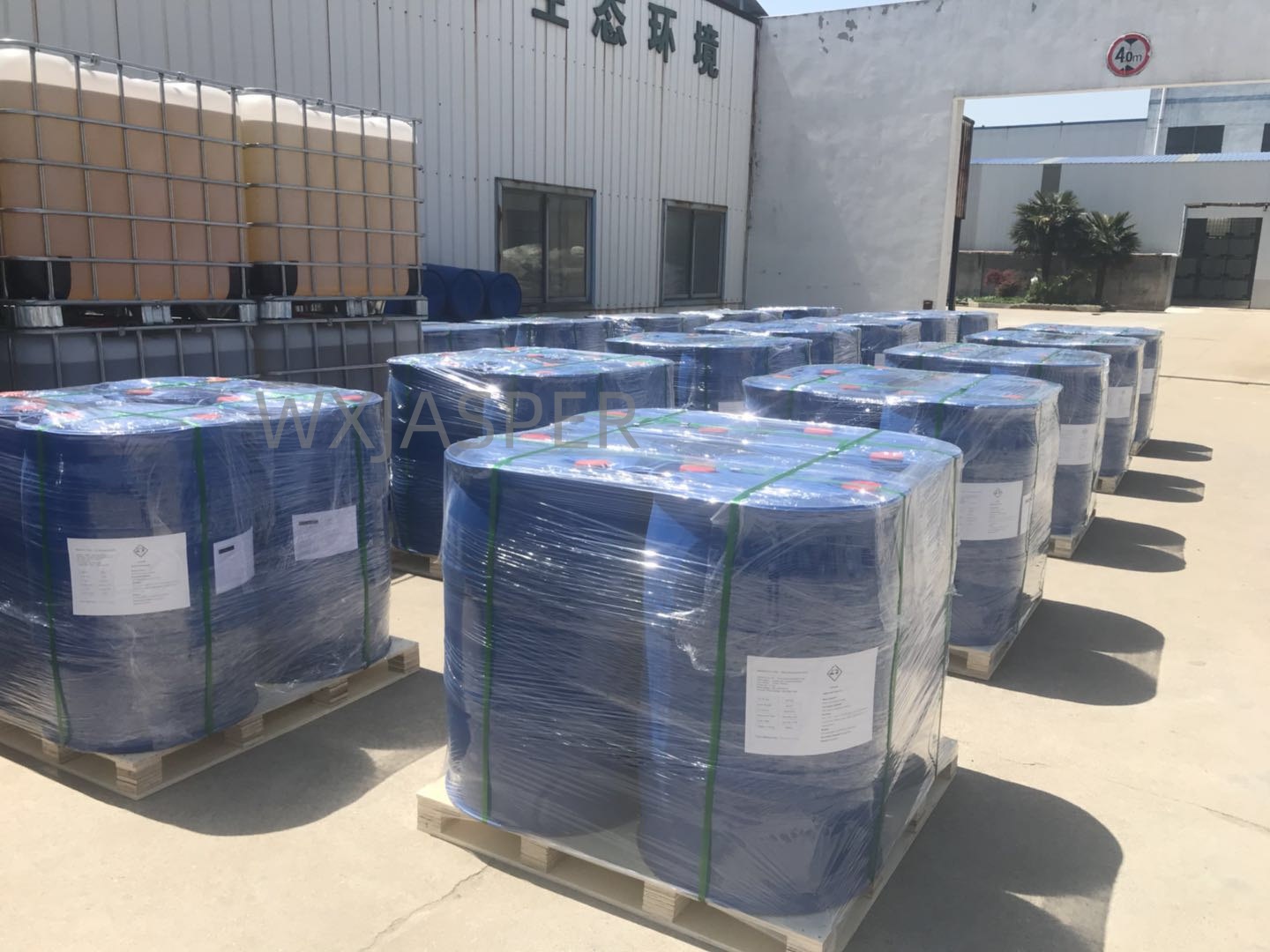Product Details
CasNo: 9004-82-4
MF: (C2H4O)nC12H26O4S.Na
Appearance: paste
Delivery Time: 15 days
Packing: 200kg/drum
Purity: 99%
1. Basic Information
- Chemical Formula: (C2H4O)nC12H25NaO4S (where "n" represents the number of ethylene oxide (EO) units)
- CAS Number: 9004-82-4
2. Appearance and Properties
Colorless or pale yellow gel-like paste, with no visible mechanical impurities.
3. Physical and Chemical Properties
- Odor: Slight soapy odor
- Melting Point: 126–136°C
- Solubility: Soluble in water and ethanol
- Active Matter Content: 68–72%
- pH Value: 6.5–9.5 (for 1% aqueous solution)
- Other Indicators: Unsulfonated matter ≤ 3.5%; 1,4-dioxane ≤ 30 ppm; sodium sulfate ≤ 1.5%
4. Performance Characteristics
- Possesses high emulsifying performance, foaming ability, and excellent thickening properties. Adding 2–5% sodium chloride can increase the viscosity of SLES-based systems.
- Exhibits relatively mild performance, with good electrolyte resistance and hard water resistance (maintains stability in hard water without reducing effectiveness).
5. Applications
Widely used across multiple industries due to its versatile performance:
- Daily Chemical Industry: Core raw material for producing soaps, body washes, facial cleansers, and shampoos (provides foaming and cleaning functions).
- Disinfection & Antibacterial Field: Used in the production of disinfectants or antibacterial agents.
- Food Industry: Applied to prevent microbial contamination.
- Medical Field: Utilized in the preparation of decellularized scaffolds (supports tissue engineering research).
- Materials Field: Used for the modification of metal materials (enhances surface properties of metals).
6. Safety
- It is non-toxic in its pure form, but may cause irritation to the skin and eyes (especially at high concentrations).
- As a nitrosating agent, it may release carcinogenic substances such as nitrosamines and 1,4-dioxane during decomposition or other reactions.
- Has severe adverse effects on aquatic organisms and low toxicity to terrestrial plants.


